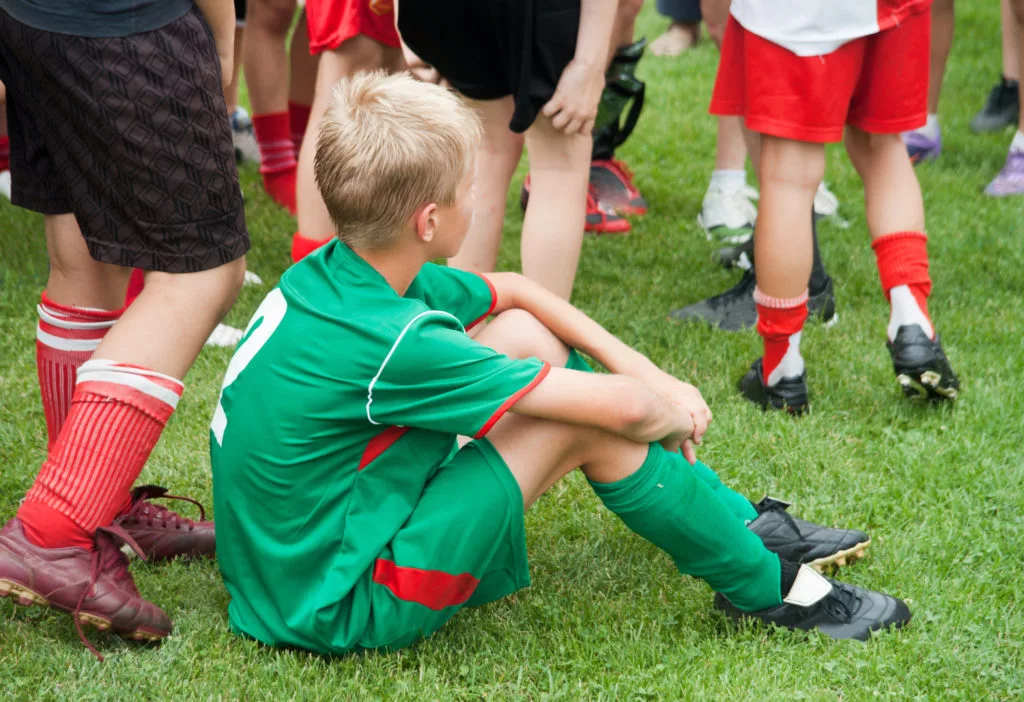ASK THE CPCMG PEDIATRICIAN:
Sever’s Syndrome

My son plays soccer and recently, he’s been complaining about heel pain after playing in games. What could be the problem?
During soccer season, it is common for boys and girls to complain of pain on the bottom of their heels. The common name for this pain is Sever’s Syndrome, which is a type of growing pain most often reported during the early part of puberty. While Sever’s Syndrome is common with soccer players, it is also found in other sports that require athletes to wear cleats. Young athletes that participate in jumping or vaulting, like those activities in track and gymnastics, may also experience heel pain.
This condition is more likely to occur when kids are going through rapid growth in the early part of their growth spurt. Typically girls experience Sever’s Syndrome between 8 and 10 years of age and boys complain between 10 and 12 years of age.
Sever’s Syndrome is caused by pain in the calcaneus or heel bone. During puberty, the heel grows faster than the muscles and tendons in the back of the leg. Sever’s Syndrome is caused by micro fractures at the heel bone due to pulling of the Achilles tendon on the base of the bone. It is considered an overuse injury, so it is more common in active children, especially those participating in competitive sports.
To help prevent Sever’s Syndrome, one strategy is to use heel cushions in your child’s cleats. In addition, have your child wear cleats only during game time and use in regular tennis shoes when not actively playing – this may help alleviate heel pain. Finally, good stretching exercises will help to both prevent and treat Sever’s Syndrome.
Your CPCMG pediatrician can diagnosis Sever’s Syndrome by recording a medical history and performing a thorough physical exam. Children with Sever’s Syndrome will experience pain with physical activity and when their heel is squeezed. X-rays and MRI studies do not help with the diagnosis.
The first step to treat this condition is rest. It is important to really rest the calf muscles and typically, one to two weeks of rest will improve the condition. If the pain persists, stretching exercises that stretch the calf muscles are very beneficial. Your pediatrician may give you some exercises or you may be referred to a physical therapist. Rarely will your child be referred to an orthopedic specialist. When your child returns to play, encourage them to slowly work up to their top intensity so that Sever’s Syndrome does not return.
The good news is that once your child has completed growing, they will no longer be at risk for Sever’s Syndrome. In addition, the condition does not have any long term consequences. If you have additional questions about your child’s heel pain, please do not hesitate to discuss this with your CPCMG pediatrician.
Related CPCMG Pediatrician Articles:

